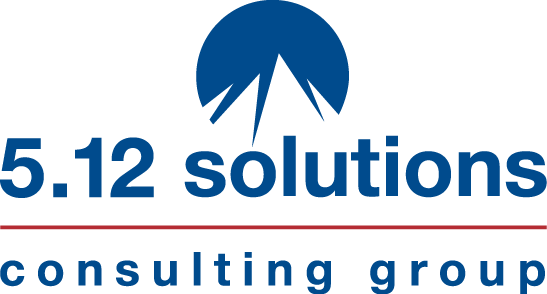What does this mean? Perhaps nothing, but it is another indication of the intergenerational workforce and the little quirks that are emerging that may affect how we hire, motivate, and retain employees.
How do your managers hire, motivate, and retain employees of different generations? Do they have a better strategy than getting their employees home by 4:00 for their daily viewing of Oprah?
Motivating Across the Generations
The 2004 SHRM® Generational Differences Survey Report indicates that 51% of HR professionals felt that employees of different generations work effectively together. However, managers need to employ a variety of leadership styles to be better equipped to deal with potential conflicts and motivate employees.
Authors Lynne C. Lancaster and David Stillman in their book, When Generations Collide, say that effectively managing the new workforce depends on understanding the values and experiences distinguishing different generations:
• Traditionalists, born prior to 1945, value loyalty and prefer a top-down approach to management. Information is something provided on a need-to-know basis.
• Baby Boomers, born 1946-1964, are optimistic and idealist. Success comes from challenging authority and creating open lines of communication.
• Generation Xers, born 1965-1980, are more skeptical. As latchkey kids and/or the product of broken homes, they grew up in a time of political and corporate scandals. They distrust institutions and value individualism.
• The Millennials, born after 1980, will change employers during the span of their career and they will change the type of work they do.
Understanding this diversity also means adjusting recruitment and retention strategies and training managers to motivate appropriately. Doing so will reap bottom-line results in the years to come.
Today’s Manager Must Make the Climate
The concept of how managers lead and motivate is complex and undergoing a major shift. The manager creates the environment – a climate positive for success. In reality motivation springs from within, but it
is fostered in an environment in which people motivate themselves through reinforcement of confidence, trust, and satisfaction.
The Cost of Neglecting to Develop This Skill in Managers is High
When high performers have unresolved motivation issues their performance declines, or they leave for another job. When poor performers are not motivated to improve, they drag the team down and reduce productivity. Competent leaders must motivate and empower the new generation of workers.
Tips
Managers must learn how to influence team members to accomplish business objectives, while creating a work environment that will motivate higher performance. Additionally, their influence must span generational differences. Here are a few tips:
1. People tend to be most positively motivated when they are in an environment where they can meet their goals.
2. Understand that you can’t change people, but you can create an environment that allows people to tap into their personal motivation.
3. To create a motivational environment, you must understand what each of your people need and which aspects of their work environment are motivating for them.
4. As a leader, you must have a keen sense of awareness of your personal motivational practices. This is critical because what motivates you might not motivate your employee, and understanding and valuing your differences will make you a more effective leader.
5. You must have a clearly defined action plan for creating a work environment that motivates performance.
6. Learn more about generational differences and motivational theory.
